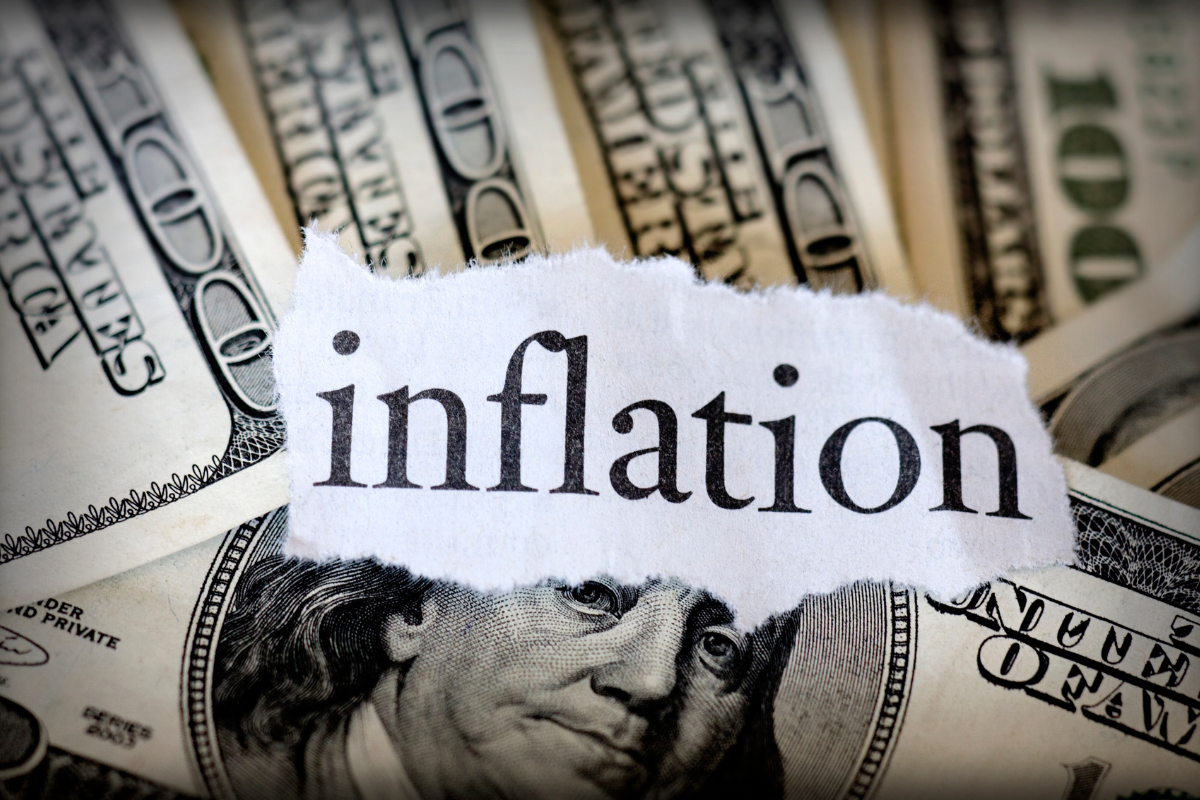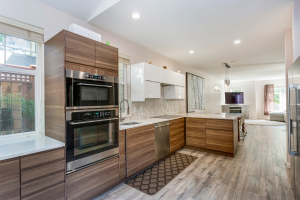Singapore. The name itself conjures images of gleaming skyscrapers, world-class amenities, and a vibrant, affluent society. For many, both locals and expatriates, the Lion City represents a land of opportunity, where hard work is rewarded with competitive salaries and a high standard of living. Yet, amidst this prosperity lies a subtle, often unseen, financial peril: lifestyle inflation.
Earning more doesn’t automatically translate to having more. In fact, for many, a rise in income is insidiously matched by a corresponding increase in expenditure. This phenomenon, known as lifestyle inflation or lifestyle creep, is the tendency for discretionary spending to rise as one’s disposable income grows. In a city like Singapore, with its pervasive consumer culture and innate desire for comfort and status, succumbing to lifestyle inflation is remarkably easy, and can severely undermine your financial progress and long-term wealth-building aspirations.
Understanding the Singaporean Triggers for Lifestyle Inflation
Singapore’s unique environment, while offering immense advantages, also presents specific temptations that fuel lifestyle inflation. Being aware of these triggers is the first step towards outsmarting them:
- Housing Aspirations: The desire for a larger HDB flat, a prime district condominium, or extensive renovations is a common aspiration in Singapore. While property is often seen as a sound investment, continually upgrading your living space as your income increases can tie up significant capital and lead to hefty mortgage payments, leaving less for other investments or retirement. The pursuit of “BTO envy” or the dream of a private condo can be a powerful driver of lifestyle creep.
- The Lure of the Private Car: In a city with an exceptionally efficient public transport system, owning a car in Singapore is a luxury, not a necessity. The cost of a Certificate of Entitlement (COE) alone can be astronomical, often exceeding the value of the car itself. Add to this the hefty price of petrol, Electronic Road Pricing (ERP) charges that levy tolls on congested roads, and parking fees, and a private vehicle quickly becomes a massive financial drain. What might start as an occasional ride-hailing service can subtly transform into a daily norm, further escalating transport costs.
- Dining and Entertainment Extravagance: Singapore is a foodie paradise, but this comes at a price. While hawker centres offer incredible value, the temptation to dine frequently at upscale restaurants, indulge in the burgeoning café culture, or enjoy expensive nightlife experiences can quickly decimate a budget. The convenience of food delivery apps also plays a significant role, often leading to more frequent and higher-cost meals than anticipated.
- Travel Tendencies: As incomes rise, so too does the desire for more frequent or luxurious holidays. Post-pandemic “revenge travel” has seen many Singaporeans splurge on exotic destinations and premium experiences, often forgetting that these expenditures, while enjoyable, can significantly derail savings goals.
- Retail Therapy and Brand Prestige: Singapore’s gleaming malls are a testament to its vibrant retail scene. The pressure to keep up with the latest trends, acquire designer brands, or indulge in regular online shopping sprees (think Taobao and Shopee hauls) can be immense. This “keeping up with the Joneses” mentality often leads to purchases driven by perceived status rather than genuine need.
- Education and Enrichment Pursuits: For families, the desire to provide the best for their children is paramount. This can manifest in enrolling them in premium tuition classes, international schools, or expensive extracurricular activities and hobbies. While certainly an investment in their future, unchecked spending in this area can severely impact the family’s overall financial health.
Practical Strategies to Combat Lifestyle Inflation in Singapore
Fortunately, breaking free from the “Singapore Trap” is entirely achievable with conscious effort and strategic planning.
- The Indispensable Power of Budgeting: This isn’t about deprivation, but about intentionality. A realistic budget helps you see exactly where your money goes and allows you to distinguish between needs and wants. Utilise local budgeting apps like Dobin or Planner Bee, which integrate with Singaporean banks, to track your expenses automatically and gain valuable insights into your spending patterns. Regularly reviewing your budget ensures you remain on track and can identify areas for adjustment.
- Automate Savings and Investments: Pay Yourself First: The most effective way to save is to make it non-negotiable. Set up automatic transfers from your salary into dedicated savings accounts, investment portfolios, or even your CPF Special or Retirement Account before you have a chance to spend it. Topping up your CPF accounts not only secures your retirement but can also offer attractive interest rates and tax relief.
- Mindful Spending and Delayed Gratification: Before making a purchase, pause and ask yourself: “Do I truly need this, or is this simply a want driven by convenience or social pressure?” Practising delayed gratification – waiting a few days before buying a non-essential item – can often reveal that the desire was fleeting. Focus on the satisfaction of achieving long-term financial goals over instant, often temporary, gratification.
- Embrace Value-Based Spending: Instead of spending purely on status, prioritise purchases and experiences that genuinely add value, joy, or meaning to your life. Perhaps a memorable family experience at a local nature reserve brings more enduring happiness than a costly designer handbag. Explore affordable alternatives: Singapore’s hawker centres are a cultural gem and offer delicious, inexpensive meals; the extensive public transport network is a far more economical choice than a private car. Discover hidden gems like free local attractions or simply enjoy a leisurely stroll in one of Singapore’s many beautiful parks.
- Set Clear, Tangible Financial Goals: What are you saving for? Is it an early retirement, a down payment on a dream home, or your child’s university education? Linking your current spending habits to these future aspirations provides powerful motivation to resist lifestyle creep. Visualise your goals and remind yourself of the freedom and security they represent.
- Conduct Regular Financial Reviews: Your financial situation is dynamic. Periodically review your income, expenses, and investment performance. This allows you to identify any drift into lifestyle inflation, make necessary adjustments to your budget, and celebrate progress towards your goals. Resources like the government’s MyMoneySense portal can provide a consolidated view of your finances, helping you track wealth and plan for life goals.
The Long-Term Rewards: What You Gain by Saying “No” to Lifestyle Creep

The effort involved in consciously avoiding lifestyle inflation in Singapore yields substantial long-term rewards:
- Accelerated Financial Independence: By saving and investing a larger portion of your income, you significantly shorten the time it takes to achieve financial freedom.
- Reduced Stress and Enhanced Security: A healthy financial buffer provides peace of mind, allowing you to weather unexpected emergencies or economic downturns without significant stress.
- Greater Life Flexibility: Financial independence opens doors. It could mean taking a career break, pursuing a passion project, or even retiring earlier than planned.
- The Ability to Weather Financial Storms: From unexpected medical bills to job transitions, a strong financial foundation makes you resilient to life’s unpredictable challenges.
- The Satisfaction of Building True Wealth: True wealth isn’t about how much you spend, but how much you keep and grow. It’s about security, choice, and the ability to live life on your own terms.
Conclusion: Your Financial Future is in Your Hands
Singapore offers an incredible quality of life, but it also presents a unique challenge in the form of lifestyle inflation. It’s not about living a life of austerity, but rather about making informed, conscious choices that align with your long-term financial goals. By understanding the triggers, implementing practical strategies, and consistently reviewing your progress, you can successfully navigate the “Singapore Trap.” Take control of your finances today, prioritise saving and investing, and unlock the true wealth and freedom that Singapore’s opportunities can genuinely offer.



